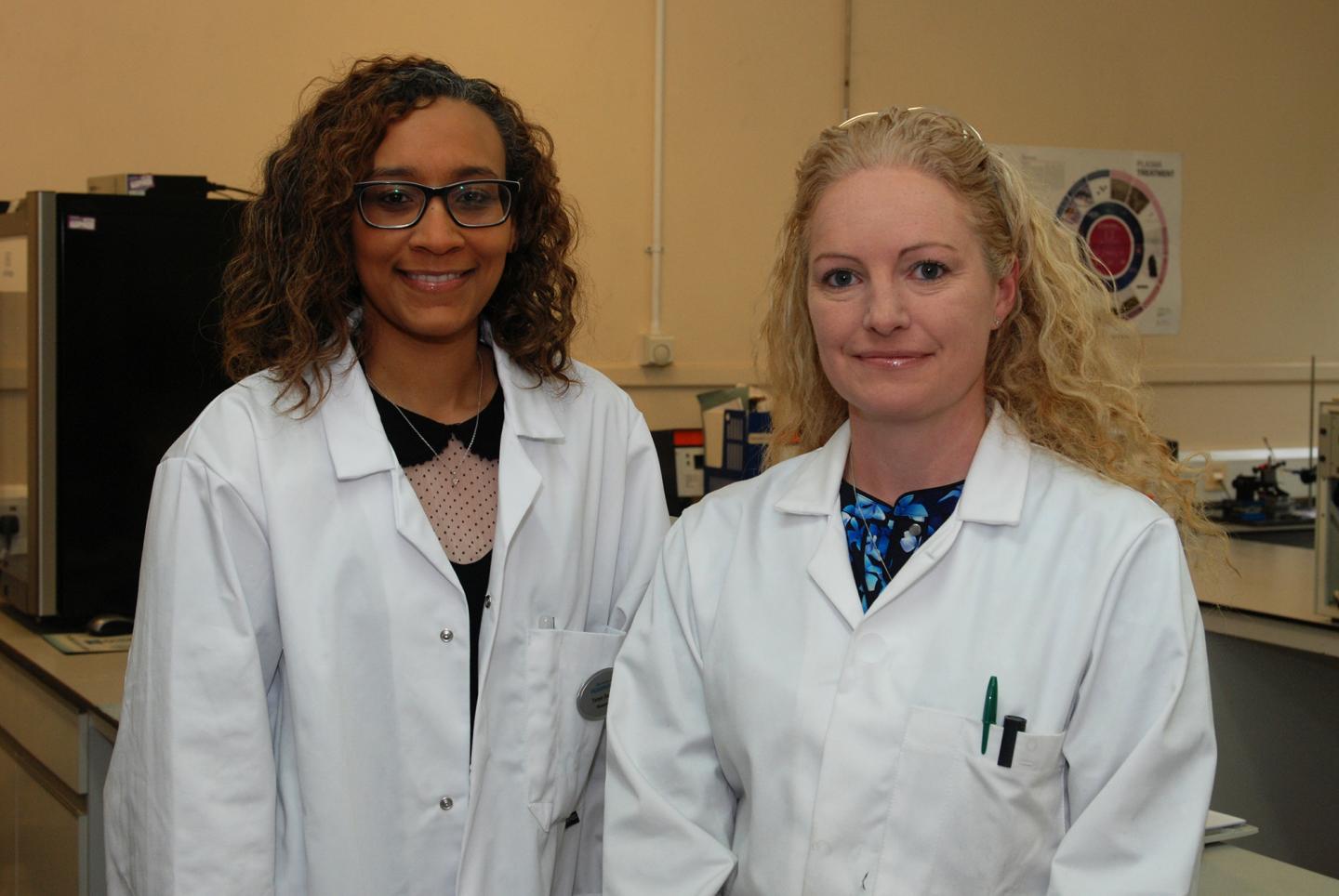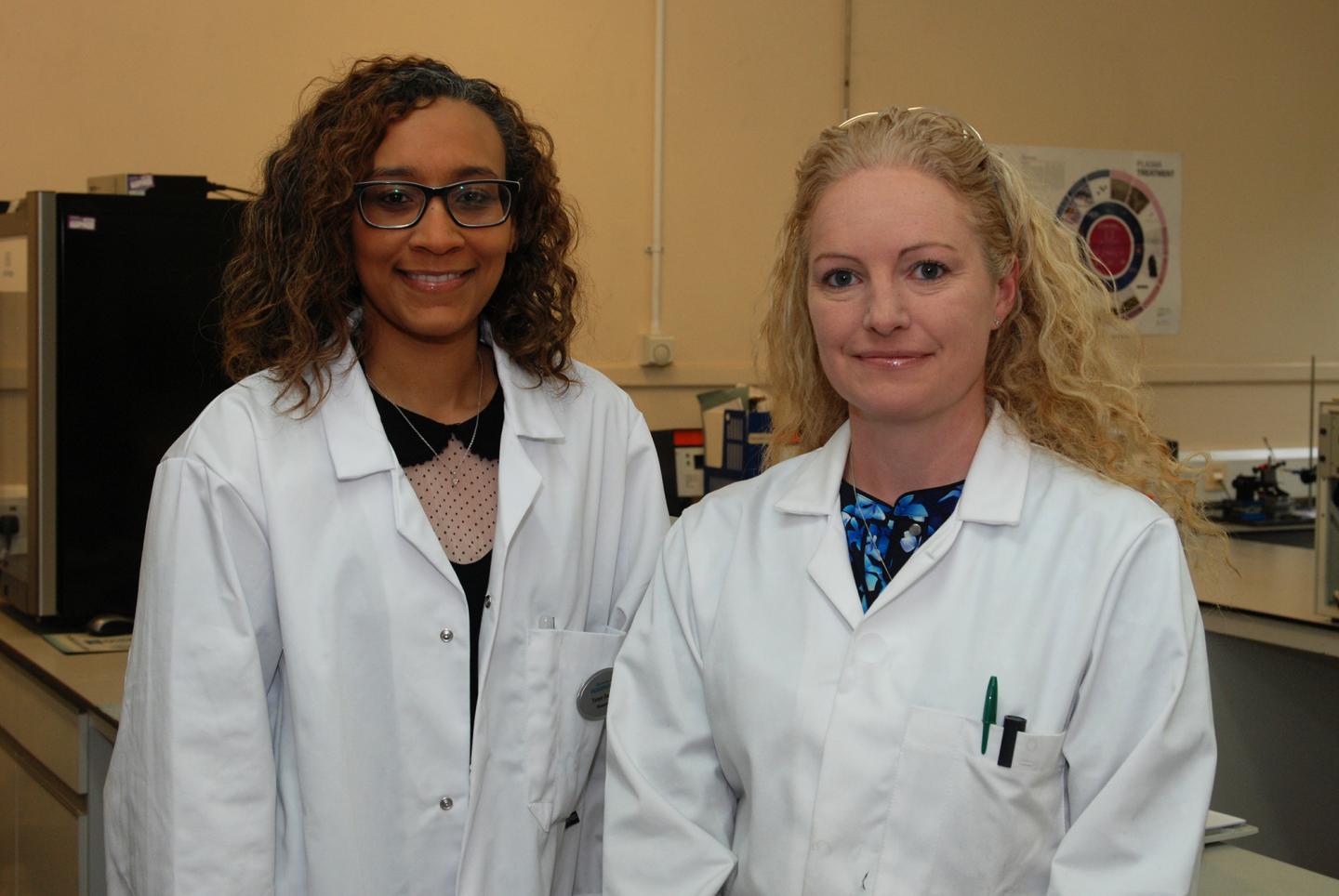
Credit: Uni of Huddersfield
RESEARCHERS at the University of Huddersfield have developed a new lab technique that may aid the development and success rate of an important anti-cancer treatment. Used particularly in cases of liver cancer, polymer beads are injected into arteries that feed a tumour, where they block the blood flow, cutting off the supply of oxygen and nutrients. The beads then also release an anticancer drug directly into the tumour, reducing the systemic side effects.
What developers need is a safe way of predicting what would happen in a patient's body if the beads and the drug they contain are modified. Now the new research has provided them with a method and the findings are described in an article in the European Journal of Pharmaceutical Sciences.
"There was no lab mimic that was able to adequately predict how the drug was released from these drug-eluting beads once they were in the body," said one of the co-authors, University of Huddersfield pharmaceutical science lecturer and researcher Dr Laura Waters. "The article describes a way of doing it in the lab. We compared our results with in vivo data and proved that the method worked."
Dr Waters is supervising the PhD researcher Tanya Swaine, a graduate of the University of Huddersfield whose doctoral project is sponsored by the company BTG, which manufactures the embolization beads that are used in the therapy.
Tanya and co-researchers were able to carry out lab experiments in which a buffer – a liquid that mimics blood – was pumped at different rates through the beads. They also modified the quantities of drug contained in the beads. By comparing their laboratory observations with in vivo data, the research team was able to establish the validity of their simulation technique.
It will be of practical value to any medical researcher working on a bead-based system, said Dr Waters, enabling them to make accurate predictions without running any risks to patients.
Professor Andy Lewis, Director of R&D at BTG and industrial supervisor in the collaboration commented: "We are continually innovating our drug-eluting bead technologies to introduce new features, such as X-ray visibility or biodegradability. It's important from a product development perspective that if we wanted to put other drugs into the beads, or change anything about their chemistry, we could use this system to predict product behaviour before it is given to people."
###
The article, Evaluation of ion exchange processes in drug-eluting embolization beads by use of an improved flow-through elution method, by Tanya Swaine, Yiqing Tang, Pedro Garcia, Jasmine John, Laura Waters and Andrew Lewis is in European Journal of Pharmaceutical Sciences, 93. pp. 351-359. ISSN 0928-0987.
Media Contact
Nicola Werritt
[email protected]
01-484-473-315
@HudUniPR
http://www.hud.ac.uk/




